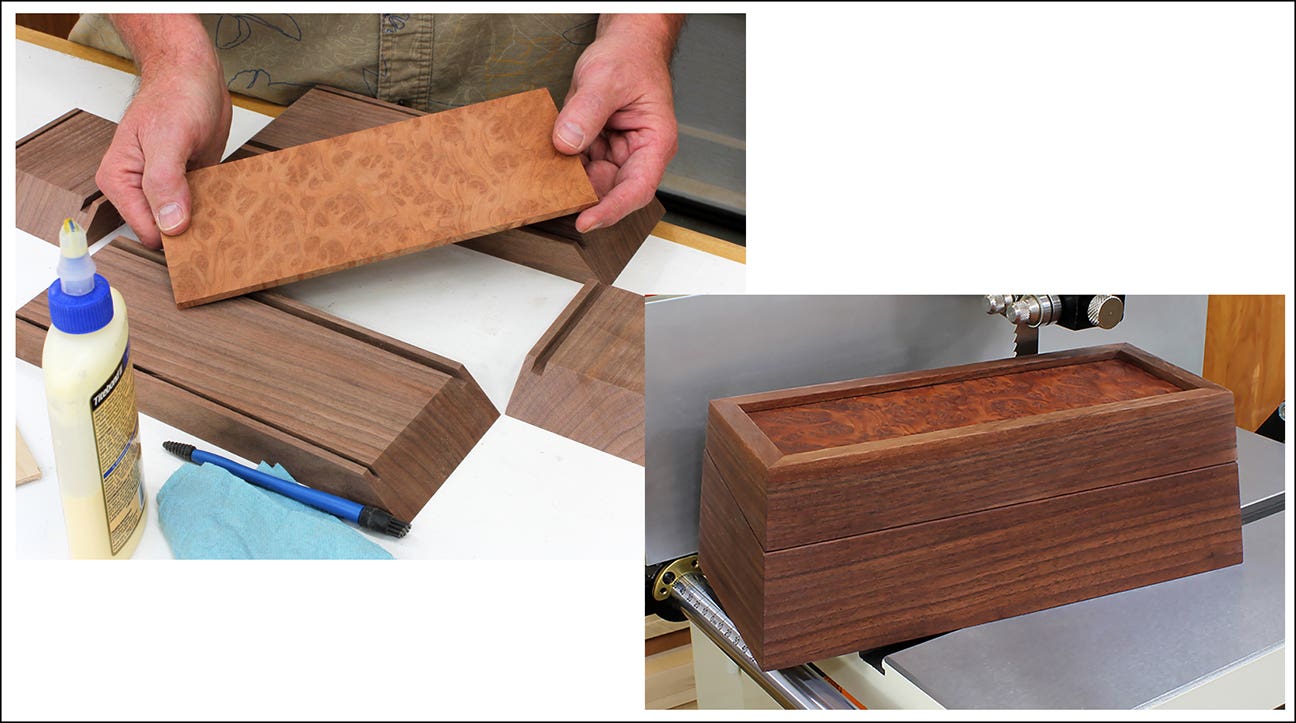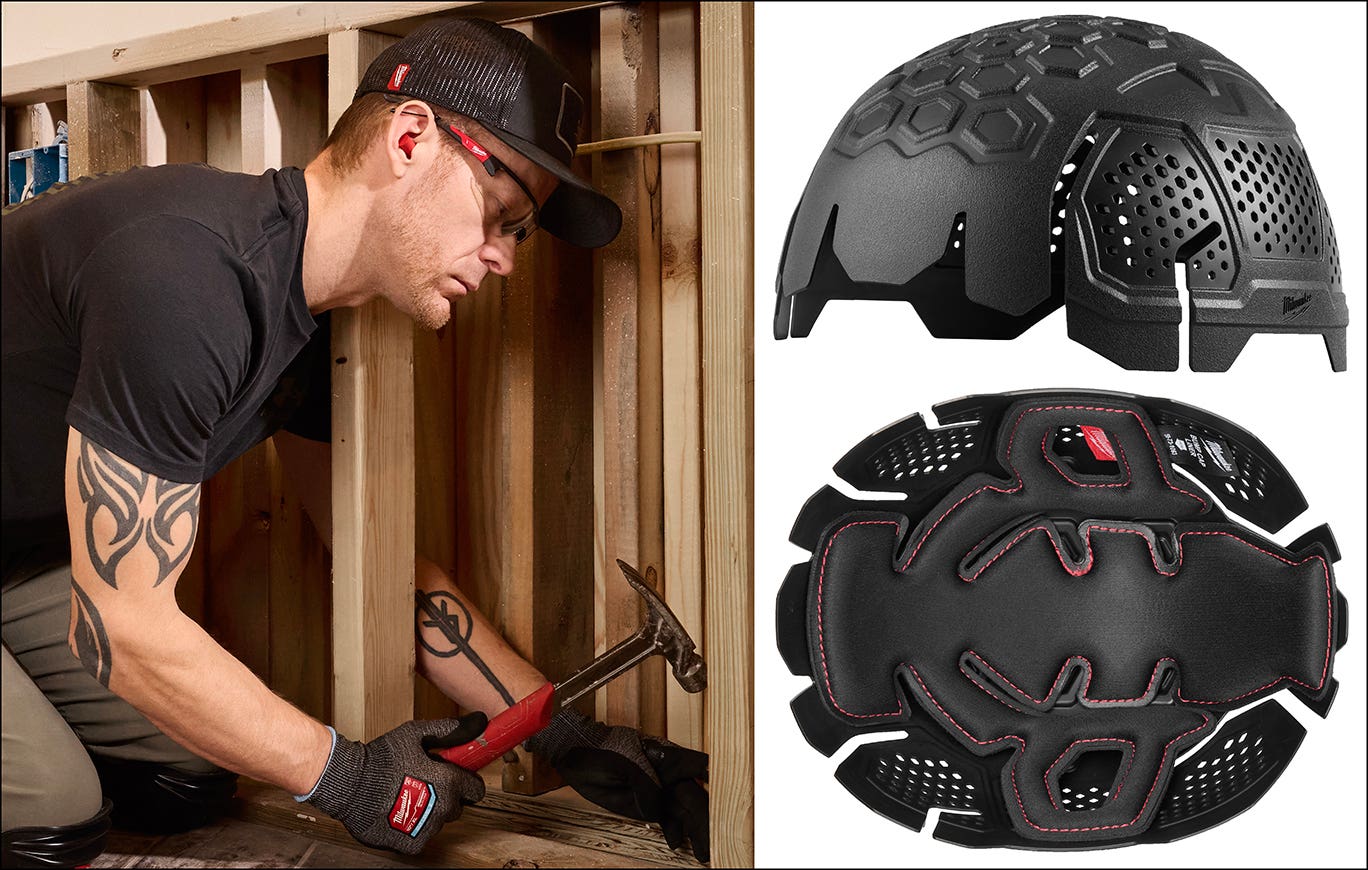With the finish in mind, starting is easier
Even before you begin a project or a production run, you should think about which finish you’re going to use. It could influence what you’re trying to achieve. Considering only…
Even before you begin a project or a production run, you should think about which finish you’re going to use. It could influence what you’re trying to achieve.
Considering only film-building finishes — those that dry hard so they can be built up — there are five broad finish categories to choose from:
• Varnish, which includes polyurethane varnish, spar varnish, wiping varnish (varnish thinned about half with mineral spirits) and gel varnish
• Shellac, which can be clear or amber and with its natural wax included or removed
• Lacquer, which includes nitrocellulose, colorless CAB-acrylic and slower drying brushing lacquer
• Water-based finish, which is any finish that thins and cleans up with water
• Two-part finishes, which include catalyzed lacquer, catalyzed (conversion) varnish, polyester, epoxy resin, UV-cured finish and two-part water-based finish.
For almost all situations, professional shops can eliminate varnish because it dries too slowly, slowing production and allowing dust too much time to settle and stick.
Shellac can also usually be eliminated. Exceptions would be refinished or reproduction furniture or woodwork where you want to use the finish that would have been used in the 19th- or early 20th century.
So now there are only three finishes to choose among: lacquer, water-based finish and two-part finish. You choose from here based on six criteria. Usually, one or two will totally outweigh the others, so the choice is rarely complicated.
• Appearance, meaning the degree of yellow/orange coloring the finish adds to the wood
• Protection and durability, which tend to rate similarly even though they refer to different qualities
• Ease of application
• Rubbing qualities, meaning how easily the finish can be rubbed to an even sheen
• Reversibility, meaning how easily the finish can be repaired or stripped
• Safety: for yourself, the end user and the environment
Appearance
All three of the finishes are available in a variety of sheens and can be applied very thin by thinning each coat or thick by applying three or more coats. So choosing for appearance means choosing for color.
For no added color (especially attractive on white woods such as maple, birch and ash) water-based finish is best. CAB-acrylic lacquer and catalyzed varnish are close. All the rest add some degree of yellow/orange coloring.
The differences in the amount of color a finish adds are less apparent when the wood is stained.
Protection and durability
Protection refers to water resistance — the degree to which a finish resists penetration of moisture. Durability refers to the strength of the finish film itself to resist being damaged from coarse objects (scratches), heat, solvents, acids and alkalis.
Protection has most to do, however, with the thickness of the film. Moisture has greater difficulty penetrating a thicker film than a thinner film. So four coats of nitrocellulose lacquer, for example, are more protective than a very thinly applied catalyzed varnish. But catalyzed varnish is much more protective than lacquer in equal thicknesses because catalyzed varnish crosslinks and lacquer doesn’t.
The crosslinking of two-part finishes makes them much more durable than lacquer and single-part water-based finish.
Ease of application
The degree of difficulty applying a finish is a big consideration if you are a beginner or don’t finish very often. The main obstacle, however, isn’t the finish but the spray gun.
The actual act of spraying isn’t that difficult to learn, but learning to adjust the gun and air supply to get good results and keeping the gun clean are. Lots of woodworkers buy a spray gun, use it a couple times, then put it aside because it’s clogged and doesn’t work well anymore.
This is especially the case with water-based finishes, which don’t redissolve easily simply by spraying water or solvent through the gun. Usually, the gun has to be disassembled and scrubbed clean after each spraying session.
But once these obstacles are overcome, spraying is fast and produces almost perfectly level and dust-free results with fast-drying finishes.
Rubbing qualities
Sanding a finish level and rubbing it to an even sheen is the only way to produce a perfect finish (other than French polishing using shellac). If you think about this, you’ll realize that good rubbing qualities are the opposite of the finish’s scratch resistance because rubbing is scratching using abrasives.
So, by far, the best rubbing results can be achieved with nitrocellulose lacquer. Most other finishes are difficult to rub to an even sheen.
Reversibility
Reversibility refers to the ease with which a finish can be repaired or stripped. Easy reversibility is the opposite of good heat- and solvent resistance.
The reversibility of a finish is a big consideration for furniture manufacturers and refinishers working on elaborate Victorian and earlier-period furniture. Reversibility is rarely an important consideration for finishing cabinets.
Furniture factories, for example, are very concerned that the finish on the furniture they ship out can be repaired so the repair doesn’t show. If this can’t be done, the furniture might not be sold or might have to be returned to the factory for refinishing, which is expensive.
Nitrocellulose lacquer is the easiest finish to repair invisibly (though the actual process requires a good deal of skill). The repair is usually done by melting solid finish into the damaged area and leveling it. More finish can also be dissolved into the damaged area. If the finish is resistant to heat and solvents, disguising the repair can be difficult.
Refinishers should be (but often aren’t) concerned with reversibility because they don’t want some future refinisher to have to sand or scrape to remove the finish they apply. This will damage the wood and the patina (evidence of age) and reduce the appeal — and sometimes the value — of the furniture.
Safety
There are three categories of safety when referring to finishes: safety to you during application, safety to the person or persons using what you have finished, and safety for the environment.
All the finishes discussed can cause health problems during application. It’s always wise to work with an air flow to remove solvent vapor and overspray. A well-functioning spray booth is best.
There’s really no safety issue for the end user once the finish is fully dry or cured. Recently, there has been a lot of publicity about formaldehyde problems with imported Chinese flooring, but it’s with the adhesive and laminate wood, not the finish, as I understand it. If you’re concerned, check with your finish supplier.
Safety for the environment is the big issue and solvent finishes are being eliminated in parts of the country. I’ve written about this a number of times in this column.
This article originally appeared in the January 2017 issue.






